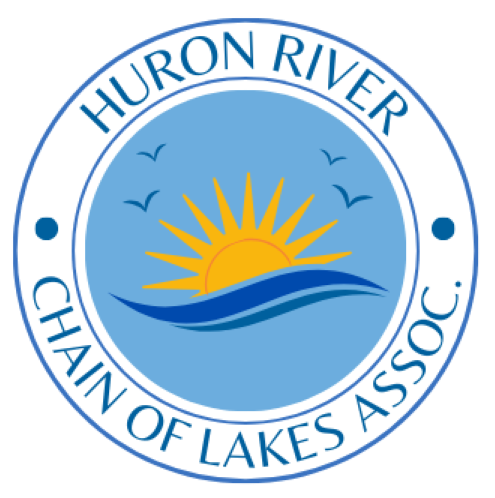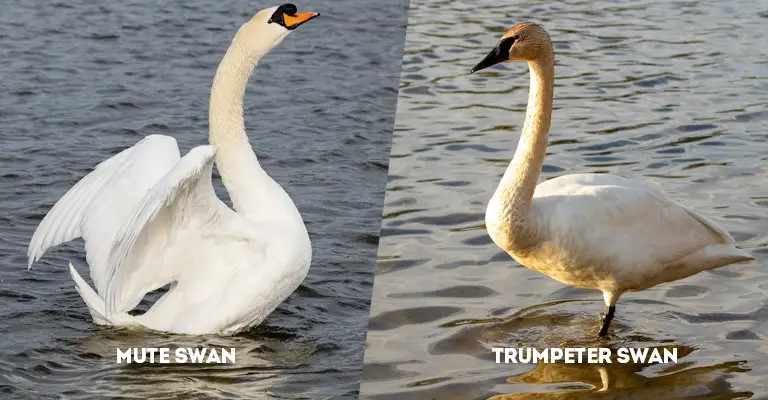OTHER THREATS
Fertilizer and Chemical Weed Killers
The fertilizers and chemicals that many use to create perfect green lawns are harmful to our lakes. They run off the lawn into the lakes, polluting the water. Any kind of Fertilizer, even those that may not contain Phosphorous cause algae blooms that use up oxygen in the water that fish need to breathe. The algae blooms also block sunlight from reaching underwater plants. Weed killers are toxic to aquatic life like fish, frogs, and insects.
The best way to protect lake health is to reduce dependence on chemical fertilizers and weed killers. Nutrients in the lake water alone are enough to fertilize plants and maintain lawns while keeping excess nutrients and toxins from entering waterways. Shorefront gardens can filter runoff.
Hamburg Township prohibits the use of fertilizers within 50’ of the high water mark. Alternatives lawn maintenance options can give you a green lawn without harming our lakes. Best practices for maintaining turf grass, especially adjacent to our lakes, are summarized by the Huron River Watershed Council Hamburg Township Fertilizer Best Practices. Here are additional links to Hamburg Township Fertilizer Ordinance and Hamburg Township lawn maintenance recommendations.
PFAS
There was a significant PFAS release into the Huron River in 2018. Although the source has been controlled, because PFAS are forever chemicals that do not naturally breakdown, PFAS remain in our river and lakes. More information is available from the Huron Watershed here PFAS and the Huron River – Huron River Watershed Council.
Due to the PFAS release a “Do Not Eat the Fish” advisory remains in place for the Huron River Chain of Lakes. For Updates on the advisory go PFAS and the Huron River – Huron River Watershed Council.
Unlike natural lake foam that is dirty looking with a dimpled surface, “PFAS foam” tends to be bright white, smooth, and piles or folds up on itself like shaving cream. In many cases, however, PFAS foam can occur with organic foam, and all foam could have elevated levels of PFAS. The rule of thumb is that you should treat all foam as potentially containing PFAS. If you make contact with the foam, just make sure to rinse off with non-foamy water away from the foam and then wash up when you get home. You should avoid swallowing the foam and keep your pets away from it. For more information go here: What to Do if you Find Suspicious Foam – Huron River Watershed Council.
The HRCOLA Board continues to monitor the situation and to support governmental activities to prevent further release of PFAS into our water system.
Mute Swans
Mute swans are beautiful birds, but they can cause major problems on inland lakes. These large, aggressive birds are not native to North America. They were brought over from Europe as decorative additions to parks and estates. Some escaped captivity and began breeding in the wild. With no natural predators, mute swan populations expand rapidly.
On inland lakes, mute swans compete aggressively with native waterfowl for food and nesting sites – driving them away. They destroy aquatic vegetation that native species depend on for food and shelter. Their droppings can pollute swimming areas. Mute swans display threatening behavior toward people.
A mute swan management program supported by the four Townships that govern our lakes has been successful in reducing the impact of mute swans on our lakes. In fact, we are beginning to see the return of Trumpeter swans and other native water fowl – even an occasional loon.
The HRCOLA continues to support this the Mute Swan control programs and encourages its members to do the same.


